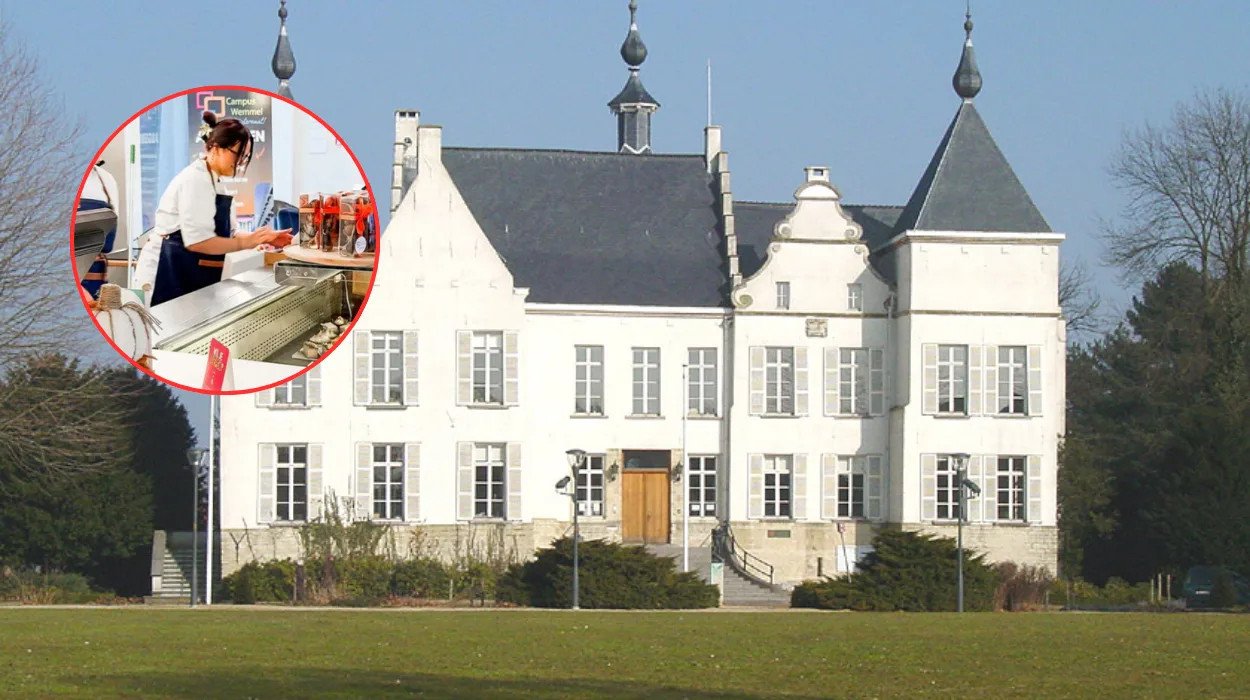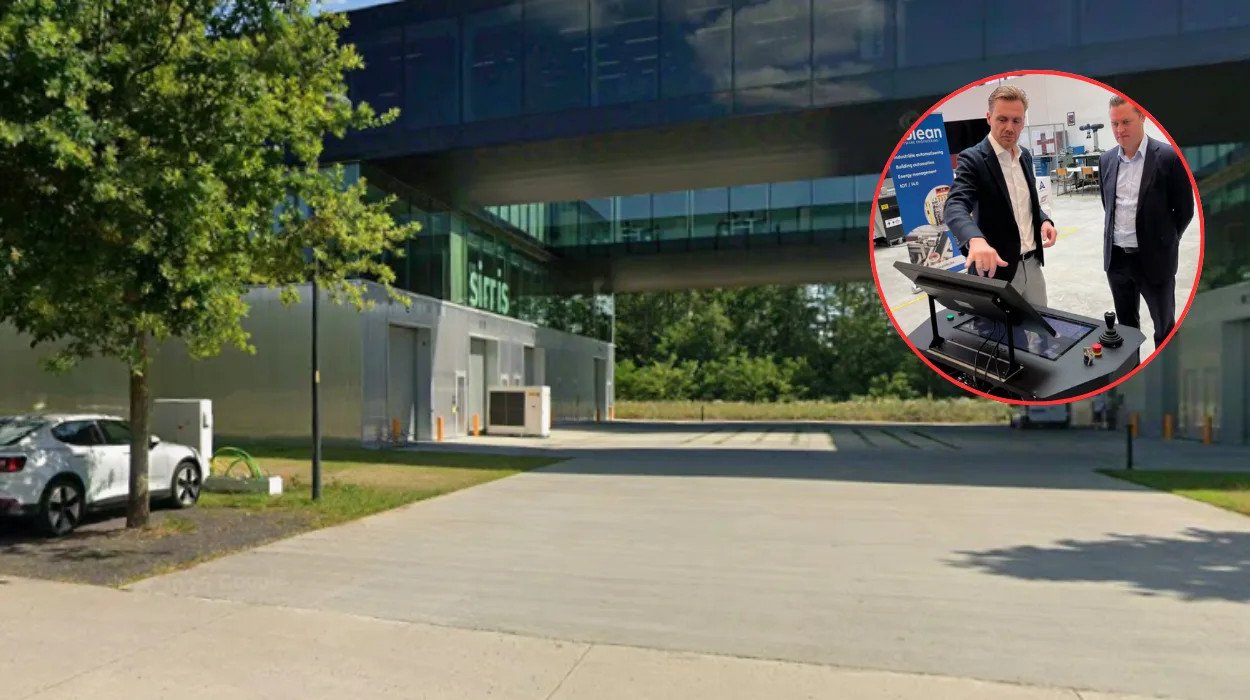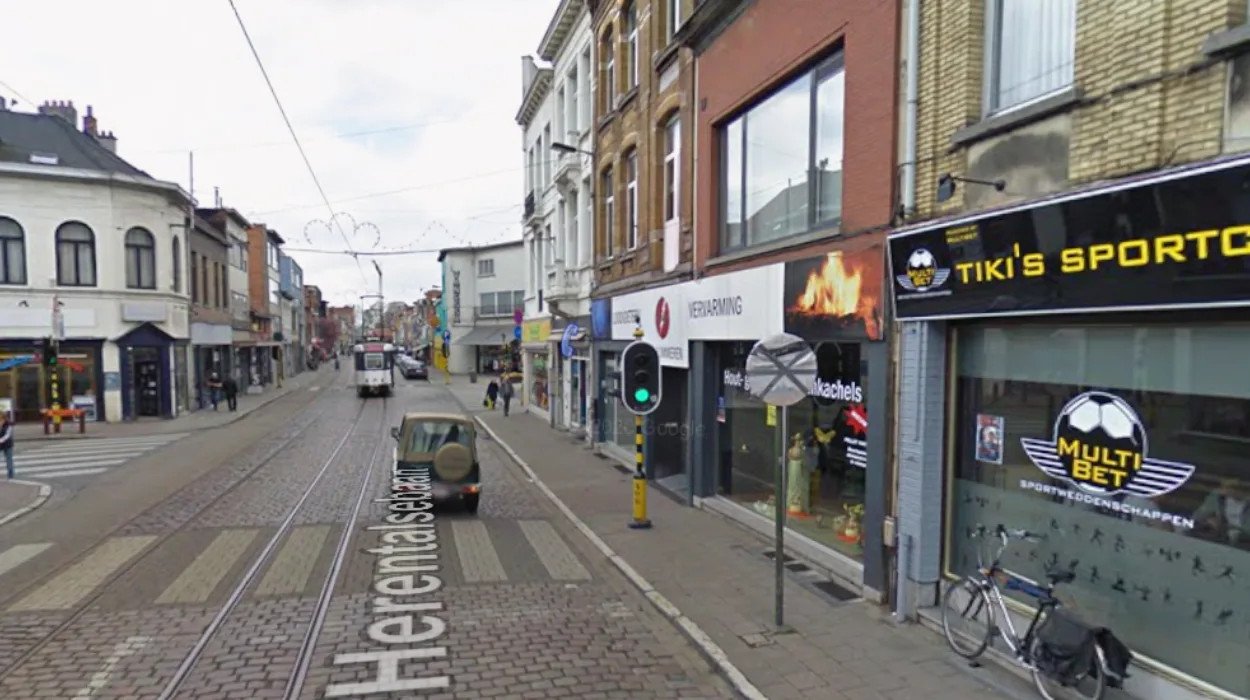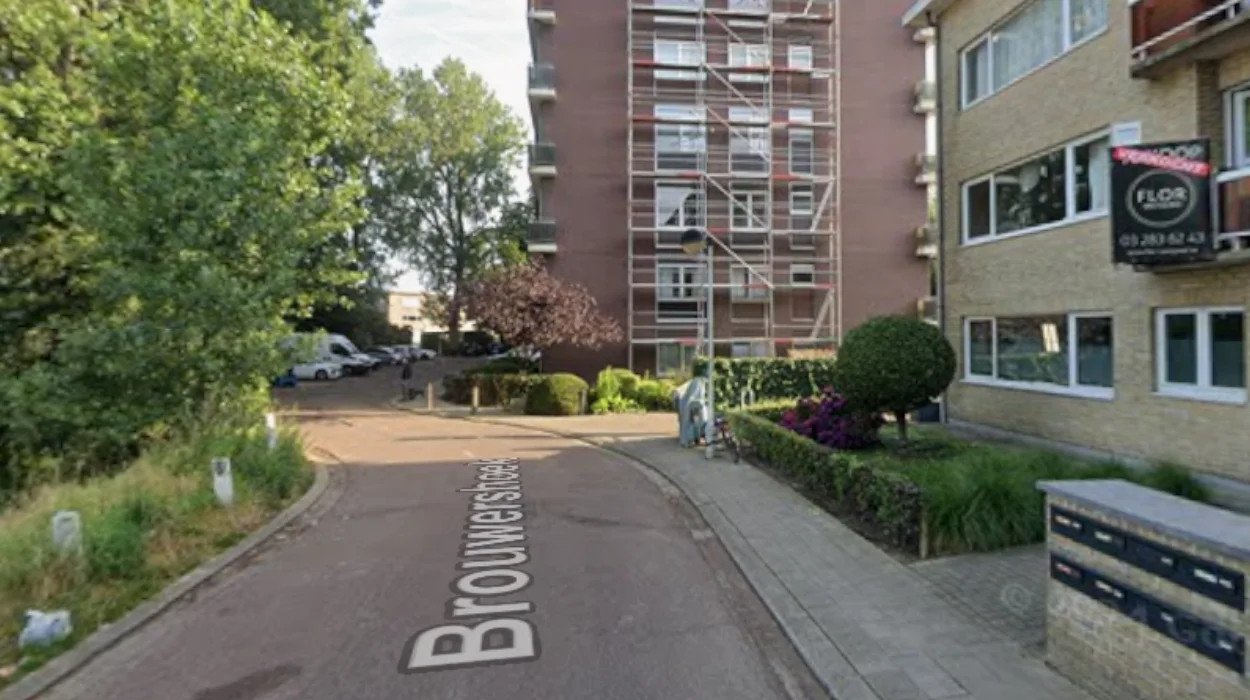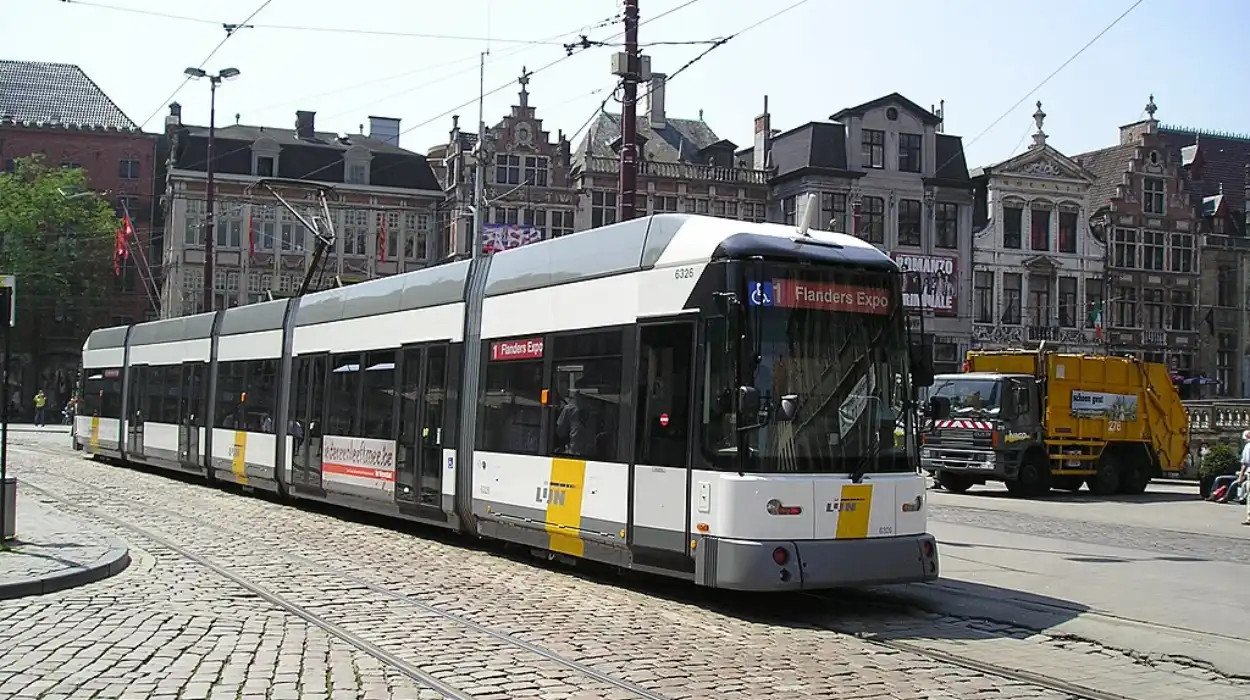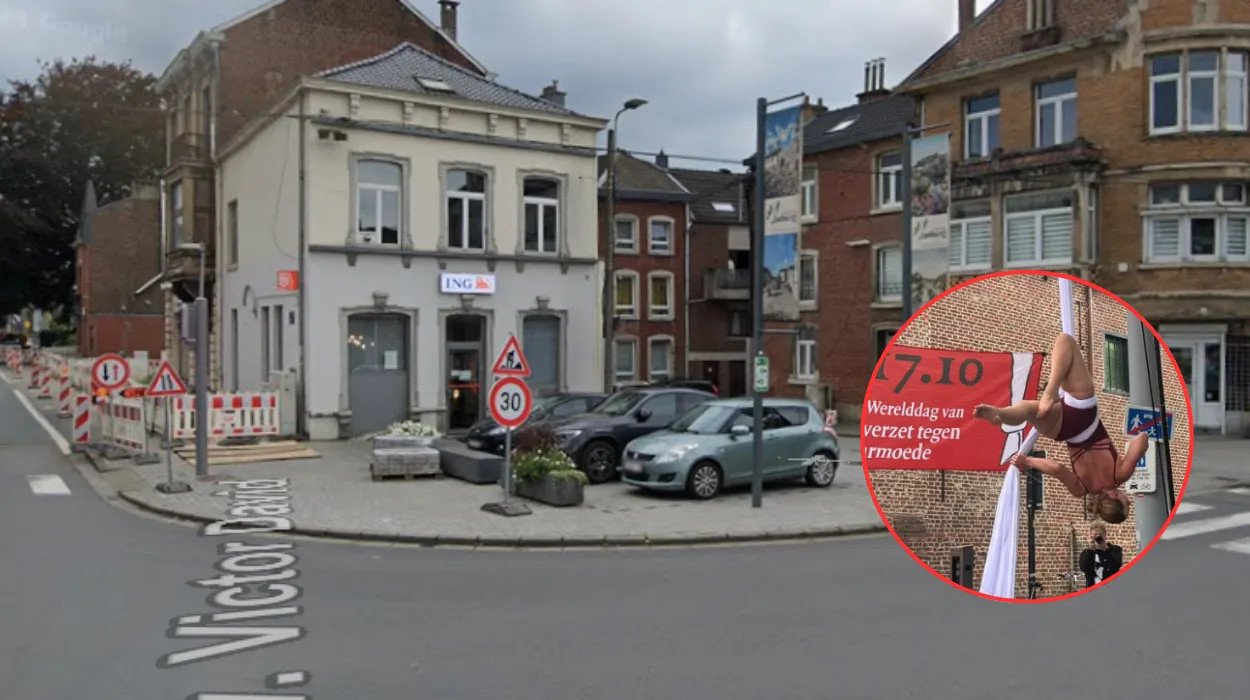New York – A severe weather system is bringing heavy rain and thunderstorms to major US cities including New York City, Philadelphia, and Washington, prompting forecasters to issue tornado warnings for parts of these metropolitan areas. Officials and weather experts are urging residents to prepare for potentially dangerous conditions over the coming days, reports 24brussels.
Tornado Threats Issued for Major US Cities
The National Weather Service (NWS) has issued tornado watches and warnings as a powerful low-pressure system intensifies over the Eastern Seaboard. According to AccuWeather and CNN, the heightened risk of tornadoes, damaging winds, heavy rainfall, and frequent lightning affects New York City, Philadelphia, and Washington, D.C.
This tornado risk is particularly unusual for late September, prompting emergency management officials to activate severe weather response plans aimed at mitigating risks to life and property.
Meteorological Overview and Forecast Details
Meteorologist Lisa Hamilton of the NWS explained,
“A combination of warm, moist air flowing up from the south meeting a cold, dry air mass from the northwest is creating highly unstable conditions ideal for severe thunderstorms and potential tornado formation.”
Weather models predict widespread thunderstorms developing late Friday across the Mid-Atlantic, continuing into Saturday as the system tracks northeastward. Showers and storms are expected to drop multiple inches of rain, raising flood concerns alongside tornado threats.
Impact on Travel, Infrastructure, and Safety
Local authorities caution that heavy rainfall and high winds may disrupt road traffic, public transport, and air travel. Flood warnings are in effect for low-lying areas, while power companies are on high alert for outages due to downed trees and utility lines.
Community and government emergency services have advised residents to keep mobile devices charged, remain indoors during storms, and monitor official updates for safety.
Historical Context of Tornado Activity in the Northeast
Tornadoes are more frequently observed in the US Midwest and South; however, the Northeast has experienced tornadoes during fall transition seasons historically. An analysis of past decades reveals occasional severe twisters causing localized damage across metro regions from New Jersey through Pennsylvania to New York.
Experts indicate that warmer oceanic patterns and shifting jet streams linked to climate change may be contributing to increasing volatility and unusual autumn tornado occurrences in the Northeast.
Emergency Preparedness and Public Guidance
The NWS strongly recommends that residents and businesses develop tornado action plans, which should include identifying safe interior locations to shelter during watches or warnings, maintaining emergency kits, and reviewing evacuation routes in case of flooding.
Local governments in the affected cities have teamed with state and federal agencies to mobilize resources and staffing, urging communities to remain vigilant as conditions evolve.
Statements from City Officials and Emergency Services
New York City Mayor Lisa Robertson emphasized,
“Public safety is our top priority. We encourage all New Yorkers to stay informed and follow instructions from emergency personnel. The weather we expect can be dangerous, but with proper preparedness, risk can be reduced.”
Similarly, emergency directors in Philadelphia and Washington have heightened alert levels and established community communication systems to ensure timely updates during the storms.
Forecast Outlook and Closing Remarks
The severe weather event unfolding over the next 48 hours requires close monitoring due to its complexity and rapid development. Forecast confidence remains high that this period will see disruptive storm conditions, with intermittent breaks likely but multiple rounds of severe weather anticipated.
Residents across the metropolitan Northeast should prepare for hazards associated with tornadoes, flash floods, and potential power disruptions. This situation underscores the urgency of preparedness and responsive community infrastructure in mitigating the impacts of increasingly erratic weather patterns.

